Deep in the mountains of Western North Carolina, one small town has embraced a strange, beautiful creature. In Brevard, you’ll find white squirrels running across lawns, jumping between trees, and gathering acorns under rhododendron bushes. They are not a myth. They are not albinos. They are real, living parts of this place—and they have a story worth telling.
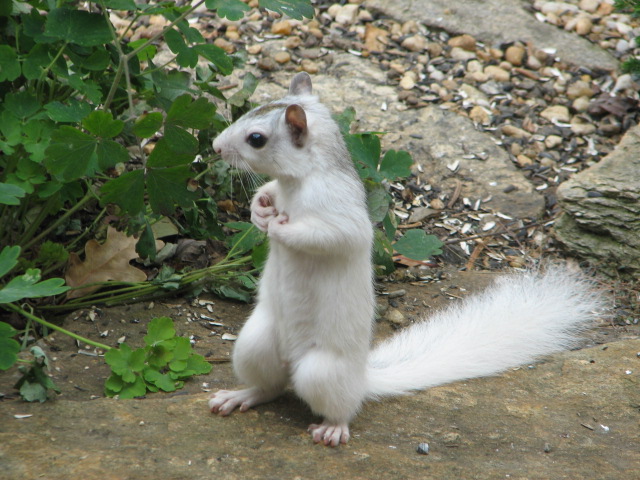
White Squirrels Are Real—and They Live Here
Brevard is home to a visible, stable population of white squirrels. These animals are not albinos, despite their color. Albino squirrels have red or pink eyes. Brevard’s white squirrels have dark eyes, thanks to a condition called leucism. Leucism reduces pigmentation across the body, but not in the eyes. The result is a snow-white coat with black eyes—a striking look that’s easy to spot.
Locals see them often. Tourists come hoping for a glimpse. Wildlife photographers know the spots. These animals are part of daily life in Brevard, and most people here consider them a point of pride.
How White Squirrels Came to Brevard
The story begins in the late 1940s. A man named H.H. Mull received a pair of white squirrels from a friend in Florida, a man named Mr. Black. Black had found the squirrels living among a group of gray squirrels on his property. The story goes that Mull kept them in a backyard cage, but they escaped. Once loose, they bred with local squirrels and passed on their rare genetic trait.
By the 1960s, enough white squirrels had appeared that people started to take notice. Brevard’s location and tree cover created a safe, stable environment. The squirrels weren’t just surviving. They were thriving.
Where to See Them in Town
You don’t need a trail guide or a ranger to find white squirrels in Brevard. You just need a good spot and a little patience. Here are the most reliable places to look:
- Brevard College campus – Lots of trees and quiet spaces
- Silvermont Mansion grounds – A known gathering place
- Probart Street and Broad Street – High chance of sightings near homes
- Brevard Music Center – Green space mixed with structures
- Neely Road area – A hotspot among longtime residents
- Brevard Housing Authority – Another area where sightings are common
Early morning and late afternoon are best. Bring binoculars if you want a better view, but you won’t need them to spot movement. The white fur stands out clearly against the green.
Why Brevard Protects Its Squirrels
White squirrels are more than a novelty. They’ve become a symbol of Brevard. You’ll see them on signs, shop windows, T-shirts, and murals. The town even celebrates them each spring during the White Squirrel Festival, held on Memorial Day weekend. The festival includes live music, art vendors, and street food—but the squirrels remain the star attraction.
Beyond celebration, the town also tracks the population. Each year, Brevard organizes a White Squirrel Count, a community-led effort to record sightings and map known territories. Anyone can help. Residents mark squirrel activity on forms and submit them for inclusion in a running tally. It’s part wildlife survey, part civic ritual.
The count began in the 1980s and has become an annual tradition. It helps scientists and local planners understand where the squirrels live and how the population changes year to year.
The Science Behind the Fur
Leucism differs from albinism in more than just eye color. Albino animals often face health issues. Their bodies lack melanin, which can lead to vision problems and increased risk of disease. Leucistic animals do not share these issues. Brevard’s white squirrels appear healthy, active, and capable of surviving in the wild.
They also pass on the leucistic trait through recessive genes. That means two squirrels carrying the gene can produce white offspring even if they appear gray. Over time, the gene has spread through the population. In some neighborhoods, white squirrels make up a quarter or more of all squirrels.
There are a few other towns in the United States with white squirrel populations—places like Olney, Illinois and Marionville, Missouri. But Brevard’s colony is one of the most visible and best protected.
Why It Matters
White squirrels do not offer any ecological advantage. They don’t fill a new role in the environment. But they matter to people. They offer something rare: a visible difference in a common animal. That sense of surprise, the feeling that nature still has tricks up its sleeve, is part of what makes them so beloved.
They also connect people to place. Children in Brevard grow up watching white squirrels. Artists paint them. Visitors look for them. Scientists study them. That shared curiosity helps bind a community together around a single, recognizable creature.
What to Do on Your Visit
If you’re heading to Brevard, bring a camera and a warm jacket. Look for low branches and watch for movement. Walk the Brevard College campus early in the morning. Visit Silvermont Park after lunch. Stay alert near Broad Street. You might catch a squirrel jumping from one oak to another. You might hear leaves rustling before you see them. You might wait twenty minutes, then see three in five minutes.
Stay quiet. Don’t feed them. Don’t try to get too close. Just watch. That’s enough.
Final Thoughts
Brevard didn’t ask for white squirrels, but once they arrived, the town made room for them. That act of quiet stewardship—of letting something rare flourish—is what gives the white squirrels of Brevard their charm. They are not an exhibit. They are not a petting zoo. They are just different enough to notice, and just wild enough to escape a second glance.
See them if you can. Then let them go.
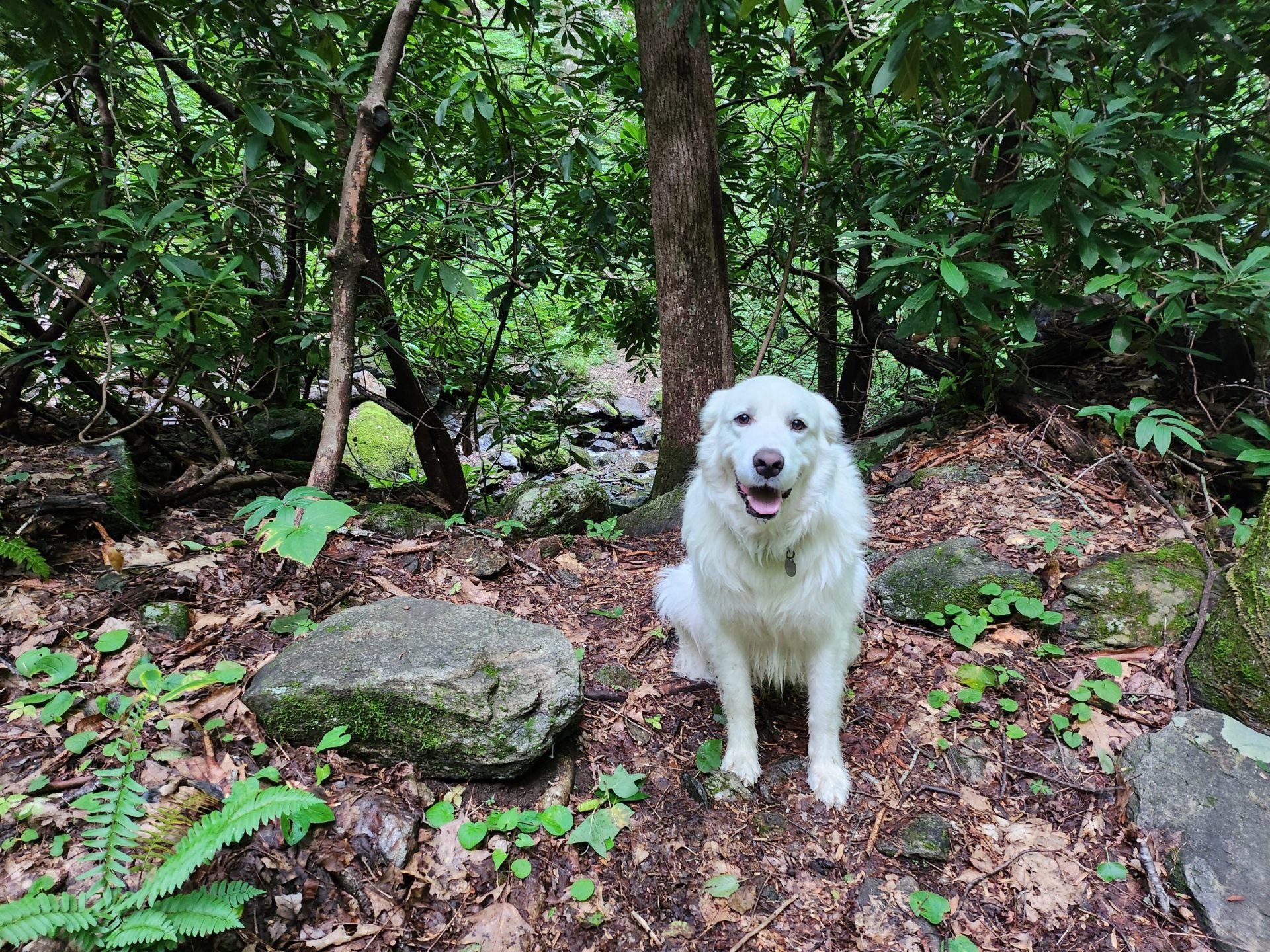
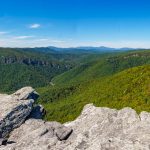
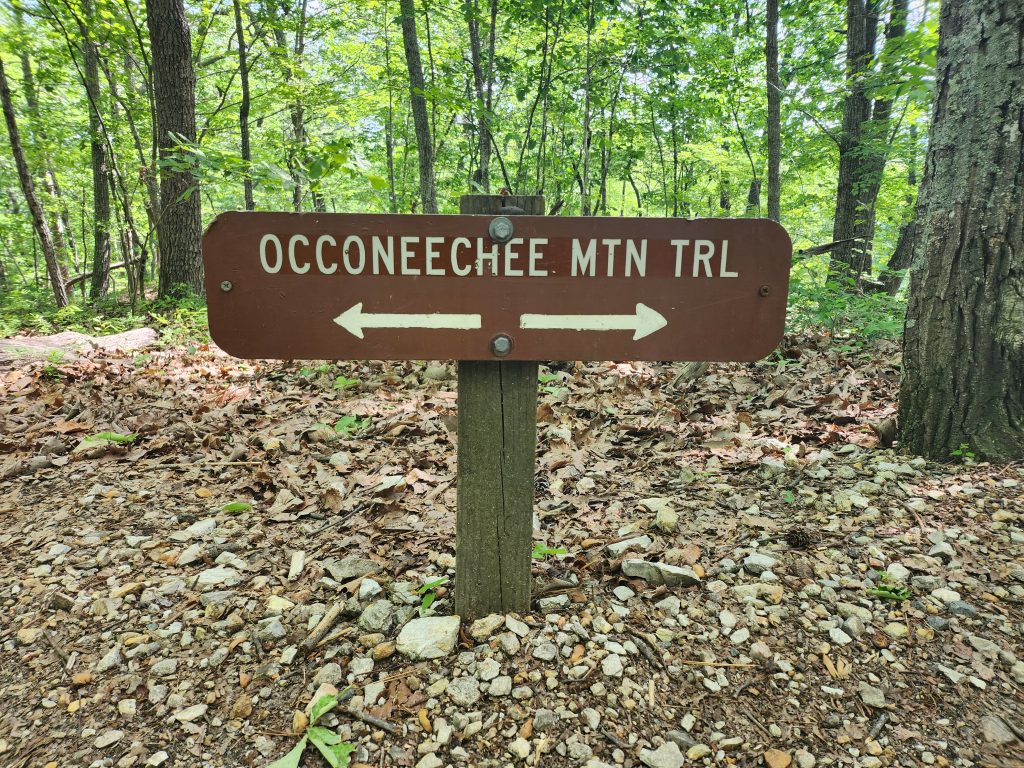

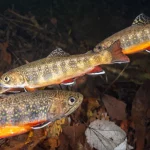

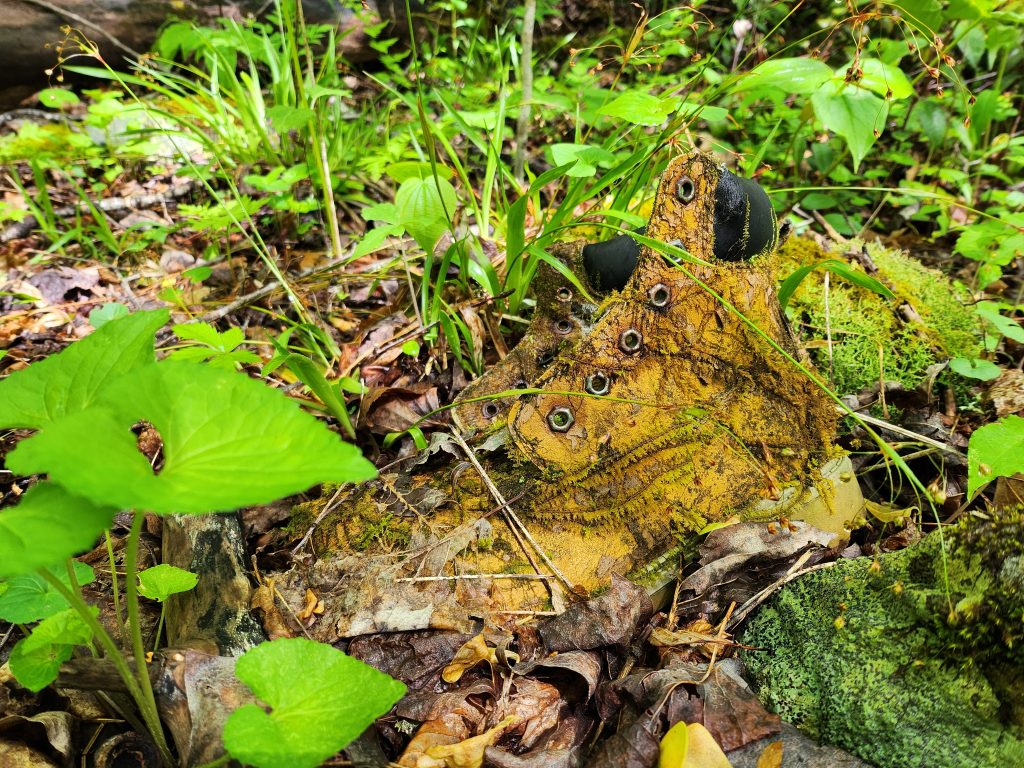
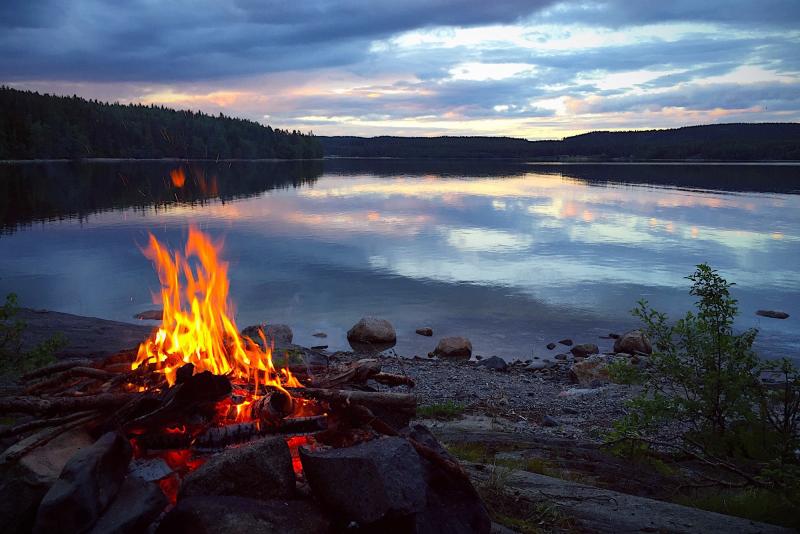
Leave a Reply